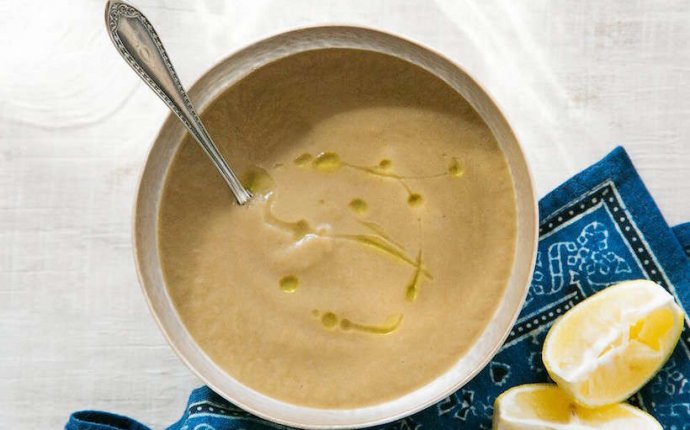
Ayurvedic Food Types
Ayurveda is the ancient medical system of India. It offers one of the fastest paths to health. Instead of having to guess which foods, supplements, and behaviors are appropriate for you, there is a simple, direct prescriptive path that is developed for your unique body type, or dosha. This takes all the guesswork out of getting healthy. The benefits that occur are not only felt in your body – they are also seen in your mental and emotional wellbeing. This holistic approach to health allows you to become a balanced, vital, happy person with the least amount of effort. Ayurveda is an ancient solution to our modern-day problems that need quick, effective solutions.
The three ayurvedic body types, or doshas, are Vata, Pitta and Kapha. Each dosha has a unique set of characteristics. There are several ways to determine your body type. The most accurate is through the detailed history and physical by an ayurvedic physician. However, even taking a quick ayurvedic quiz will provide you with tremendous insight into your principal dosha. Most people are a combination of two doshas, but one typically predominates.
To find out your dominant dosha, take this dosha quiz. Once you have determined your dosha, read the dietary recommendations for your body type.
The Kapha Dosha
Kapha is typically the largest of the body types. Physically, they have wide hips/shoulders; thick wavy hair; good physical stamina. Mentally, Kapha types tend to me slow to learn, but they have great memories. Emotionally, they tend to be very loyal, stable, and reliable – they are often referred to as the “rocks” in a relationship.
Out of balance, Kapha individuals have a tendency towards sinus congestion, poor circulation, and sluggish digestion that can easily lead to obesity. To combat the congestion, Kapha types can add garlic to their diet or take garlic supplements. To help improve circulation, they can do a stimulating dry body massage, called garshana, performed with raw silk gloves – you can use a loofah sponge as a substitute. The massage helps get rid of excess water weight and is a natural cure for cellulite. To help boost metabolism, Kapha individuals can use the herbal supplement guggul, which is a plant that is closely related to myrrh. The dose of guggul is typically 75mg-150mg a day. Exercise is also critical to keep Kapha people in balance; if you have a Kapha body type, you have to get up and move!
From a diet standpoint, Kapha people should reduce oil/fats, sweets and salt as much as possible due to their sluggish digestion. Instead, they should focus on cooking with lots of spices, eating large amount of vegetables, and high fiber foods such as legumes.
The Pitta Dosha
Pitta individuals are typically of medium build. Physically, they have good muscle tone; have a tendency to always feel warm; have premature graying hair or balding; have reddish complexions; enjoy high energy levels; and have really strong digestion – they can eat almost anything. Mentally, they are extremely intelligent, focused, ambitious people. Emotionally, they are passionate about life, have a tendency to be perfectionists, and can become easily irritated.
Out of balance, Pitta types can experience excessive anger, suffer from inflammatory conditions (such as headaches and rashes), encounter digestive problems (such as acid reflux, diarrhea and ulcers), and become over-stressed, workaholics. To help with the inflammation, Pitta individuals can do a quick coconut oil massage to the scalp and feet for 5 minutes before getting into the shower. To prevent the digestive problems, they can drink a mixture of a quarter-cup of aloe vera juice with a half-cup of pomegranate juice in the morning on an empty stomach. To help take the “edge off” at work and fight off stress in these worker bees, they should eat a teaspoon of rose petal jam – it can be taken alone or with toast. The rose petal jam is sweet and calming.
In terms of their diet, Pitta people should avoid hot spices, alcohol, coffee, vinegar, and acidic foods like citrus and tomatoes. Of course, these are typically their favorite foods! They should eat sweet juicy fruits such as mangos and melons. They should also include lots of cooling vegetables with high water content, such as cucumbers, kale and lettuce, in their diet.














